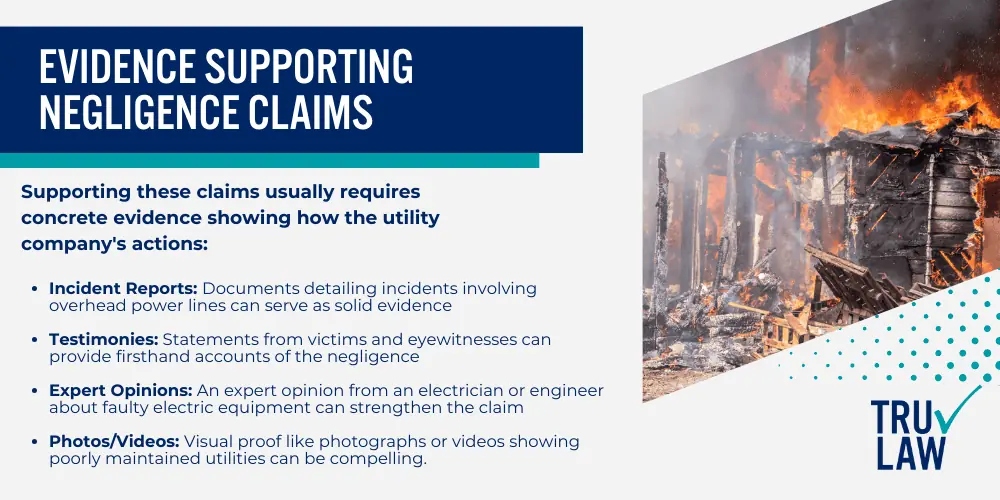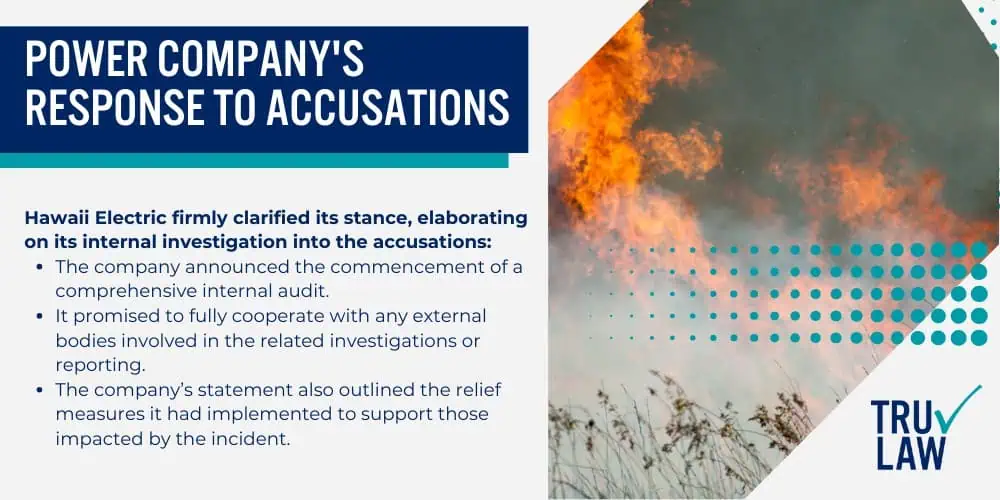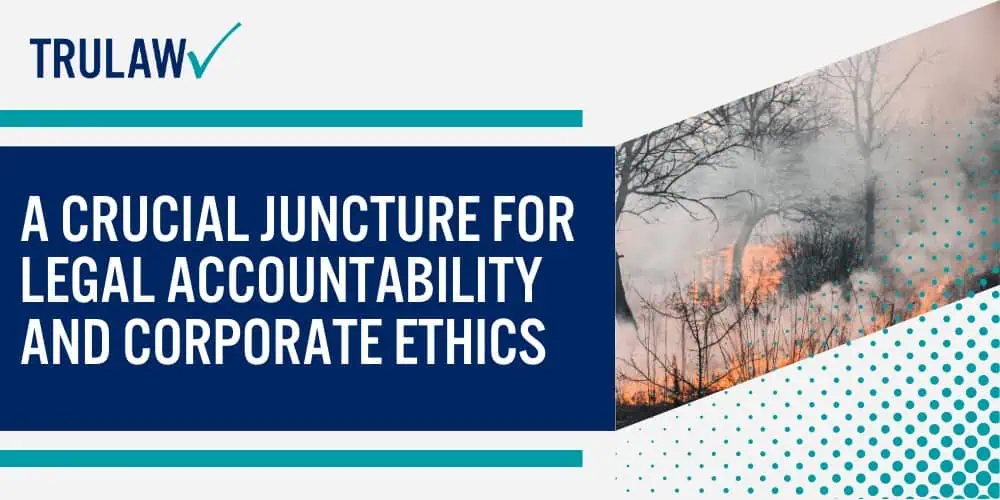The recent Maui fire lawsuits stem from a series of devastating wildfires in Lahaina, Maui.
The lawsuits allege that Hawaiian Electric Company and its subsidiaries acted negligently, leading to the ignition and spread of the fires.
The incidents have resulted in significant property damage, loss of life, and environmental harm.

Here are the key incidents leading to the Maui fire lawsuits:
- Negligence by Hawaiian Electric Company: The lawsuits claim that Hawaiian Electric failed to deactivate their power lines despite a Red Flag Warning, which led to the ignition of the fires. The company, however, maintains that their power lines were deactivated hours before the fire started.
- Failure to Shut Off Power: Maui County accused Hawaiian Electric of negligently failing to shut off power despite exceptionally high winds and dry conditions. The county alleges that the destruction from the deadly fires could have been avoided if the company had taken essential actions.
- Sparks from Power Lines: Witness accounts and video evidence suggest that sparks from power lines ignited the fires as utility poles snapped in the high winds.
Negligence by Hawaiian Electric Company
The lawsuits filed against Hawaiian Electric Company allege that the company acted negligently by failing to deactivate their power lines despite a Red Flag Warning.
This alleged negligence is believed to have led to the ignition of the fires:
- Hawaiian Electric maintains that their power lines were deactivated hours before the fire started.
- Despite this claim, more than a dozen lawsuits have been filed against the company over the devastating Lahaina wildfire.
Failure to Shut Off Power
Maui County accused Hawaiian Electric of negligently failing to shut off power despite exceptionally high winds and dry conditions.
The county alleges that the destruction from the deadly fires could have been avoided if the company had taken essential actions.
The fires burned over 3,000 acres and caused an estimated $5.5 billion in damage including:
- Loss of infrastructure
- Loss of historical and cultural landmarks
- Fire response cost
- Environmental damages
Sparks from Power Lines
Witness accounts and video evidence suggest that sparks from power lines ignited the fires as utility poles snapped in the high winds.
Outrage towards Hawaiian Electric grew as witness accounts and video indicated that sparks from power lines ignited fires as utility poles snapped in the winds driven by Hurricane Dora
Maui Wildfire Incident
The incidents leading to the Maui fire lawsuits highlight the importance of proper safety measures and protocols in preventing wildfires.
The allegations against Hawaiian Electric Company underscore the potential consequences of negligence and failure to adhere to safety warnings.
The lawsuits serve as a stark reminder of the devastating impact of wildfires and the importance of accountability in such incidents.












